Among social media platforms, LinkedIn definitely doesn’t have the reach of other popular platforms such as Facebook and Instagram. But for reaching a targeted niche audience, it can’t be beat. Not only does it boast 645 million users, 260 million of whom are active monthly users, but it generates visitor-to-lead conversions 277 percent better than Twitter or Facebook.
How the algorithm works
First, let’s look at what an algorithm is, as applied to social media. In simplest terms, it’s a way for a platform to give you what you want when you open your feed. That is, you don’t want to see spam, but you do want to see things that interest you.
LinkedIn’s algorithm is largely automated, at least in the initial stages. The primary driver in prioritizing content in the LinkedIn news feed is relevancy over recency, i.e., engaging content over most recent postings.
It involves four steps:
Step 1: Initial Filter
Every image, text, long form, post, and video is classified as either spam, low-quality, or clear.
Step 2: Sample test
The system then performs a sample test by sending it to a portion of your followers to gauge their response.
Step 3: Scoring
Responses are then assigned a weighted score based on the test response, with “share” garnering higher points than either a “like” or a comment. If users tend to “hide this post” or “report this post,” the bot will most likely drop it from the feed.
Step 4: Human assessment
A medium- or high-scoring post is then reviewed by human editors. In the best case scenario, these people can decide that your post is so good it should be shared outside your network, which means it will show up in the “trending content” on the app, or the topical content in the newsfeed.
This explains why you’ll sometimes see old posts in your feed: engagement = retention. As long as people engage with a post, LinkedIn will keep it alive in the newsfeed.
And one new wrinkle:
In addition to the previous factors, LinkedIn recently updated their algorithm to include engagement from people that members know personally in its weighting score. This removed the celebrity factor from the equation, making the site fairer for everyone.
How to use this knowledge
LinkedIn is a site for educated, informed professionals who want to get a better job or who are looking to increase their professional networks. Their axiom is, “People you know, talking about the things you care about.”
Knowing this, and knowing what the LinkedIn algorithm is looking for, you can capitalize on this knowledge by ensuring your posts are:
- relevant: something your audience is interested in
- topical: industry news, trends
- engaging: LinkedIn likes posts that encourage a response (likes, comments, shares)
Here are a few examples of content that can spark engagement.
Questions
Most people have an opinion on topics that interest them. If you ask a question, you’ll likely get more responses than simply making a statement.
Advice
If you know your audience, and you’re a subject-matter expert, offer advice about how to change jobs, or how to answer a “gotcha” interview question, or anything you think your followers might want to know about.
Images/videos
Social media is tailor-made for visual content. Any time you can include an image or video in your post, you’ll catch users’ attention.
The social media marketing experts at 101 Management, Inc., can show you other ways to increase your LinkedIn engagement, including knowing the best times to post, how to use LinkedIn Analytics, and how to make the best use of influencers and employee shares. So let us know how we can help.
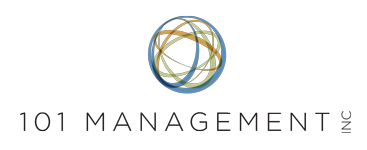
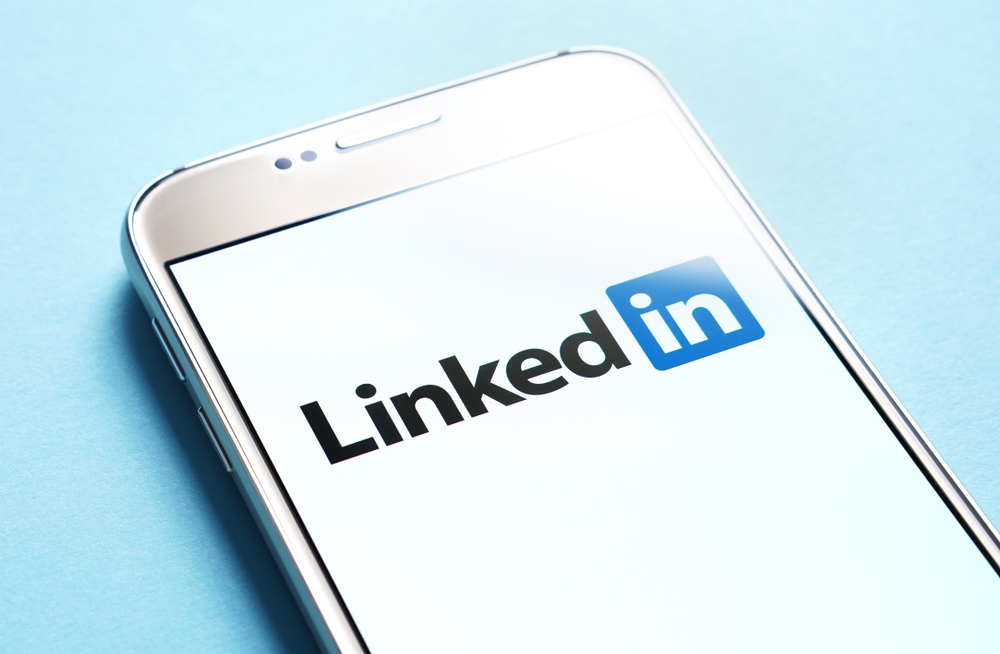
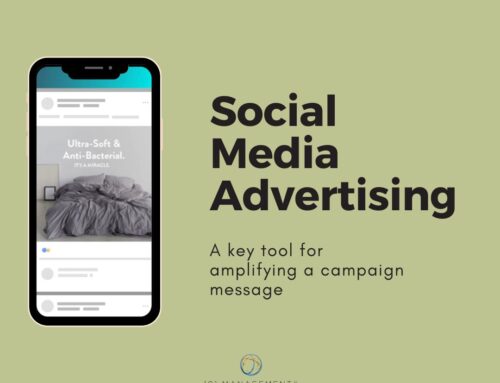
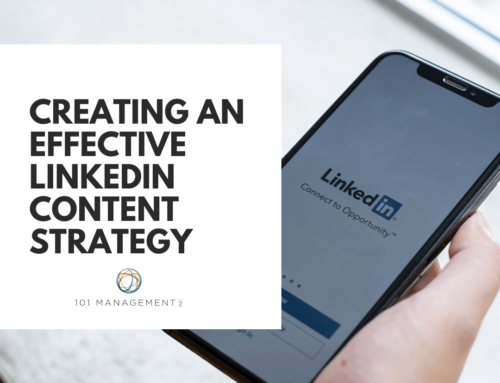
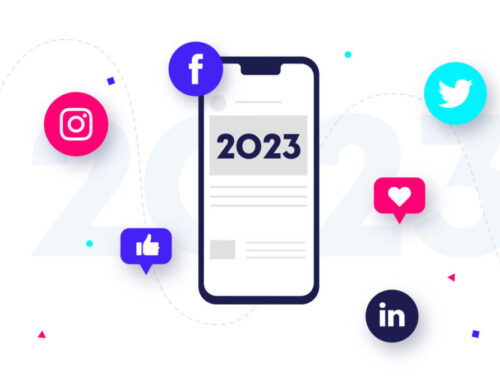



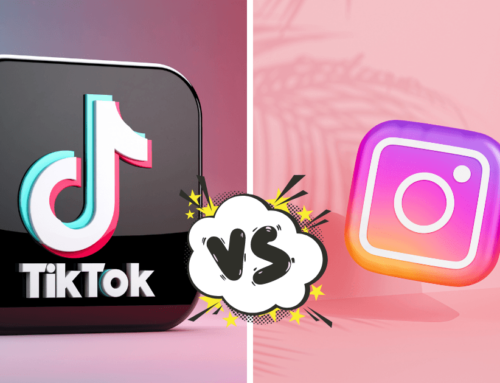

Leave A Comment